The weir valve has become a standard in hygienic valves because it can be drained and has fewer product entrapment areas than other valve types. Hygienic valve manufacturers have developed valves with minimal product contact surfaces, reduced hold-up volume and minimized areas of pipe where a substance may stagnate. Read More…
It is our primary goal that we are able to treat each and every customer as if they were number one in hopes of turning first time customers into lifelong connections as well as to exceed customer expectation one hundred percent of the time in order to keep you coming back to us for all of your diaphragm valve needs! To receive more information about our company get in touch with our customer...

At Aquamatic, we take pride in our commitment to engineering excellence and innovation. Our expertise lies in the design and production of cutting-edge diaphragm valves that set industry standards. With a rich history of delivering top-notch solutions, we, at Aquamatic, are dedicated to providing unparalleled performance and reliability in fluid control.

Watson-Marlow Fluid Technology is a leader in the diaphragm valve industry. Our expert team works side by side with our customers to ensure that our products fit their needs. For more information about our diaphragm valves, visit our website or give us a call today!

We manufacture a variety of butterfly control valves—stainless steel, lug, wafer butterfly valves, standard, custom, shut-off and more. ITT knows the various chemical, fluid and gas processes and engineers products accordingly. Our brand names include Fabri-Valve®, Richter™, Pure-Flo®.

More Hygienic Valve Manufacturers
All of these efforts by hygienic valve manufacturers are intended to increase the purity and sterility of the final product. Like other types of valves, hygienic valves may be produced in many configurations and from a variety of materials that include metals and plastics. More specifically, stainless steel, PVC, CPVC, cast iron and brass are all common elements used to make diaphragm valves.
Whether there is a bend in the piping or not, hygenic valves, like all other diaphragm valves are shaped like a cylinder, with two openings, and has the common elements of the stretchy diaphragm, the actuation device and a stem, which is what pressures the diaphragm into effectively blocking materials from passing through the valve.





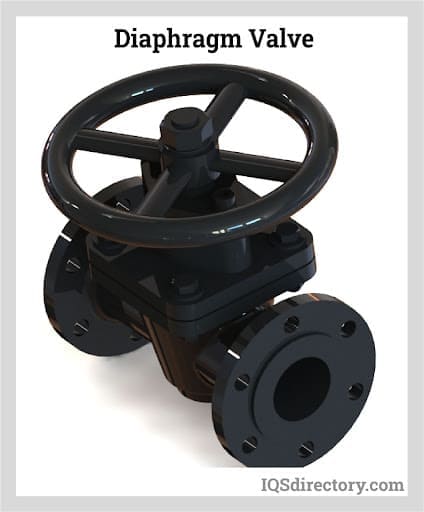
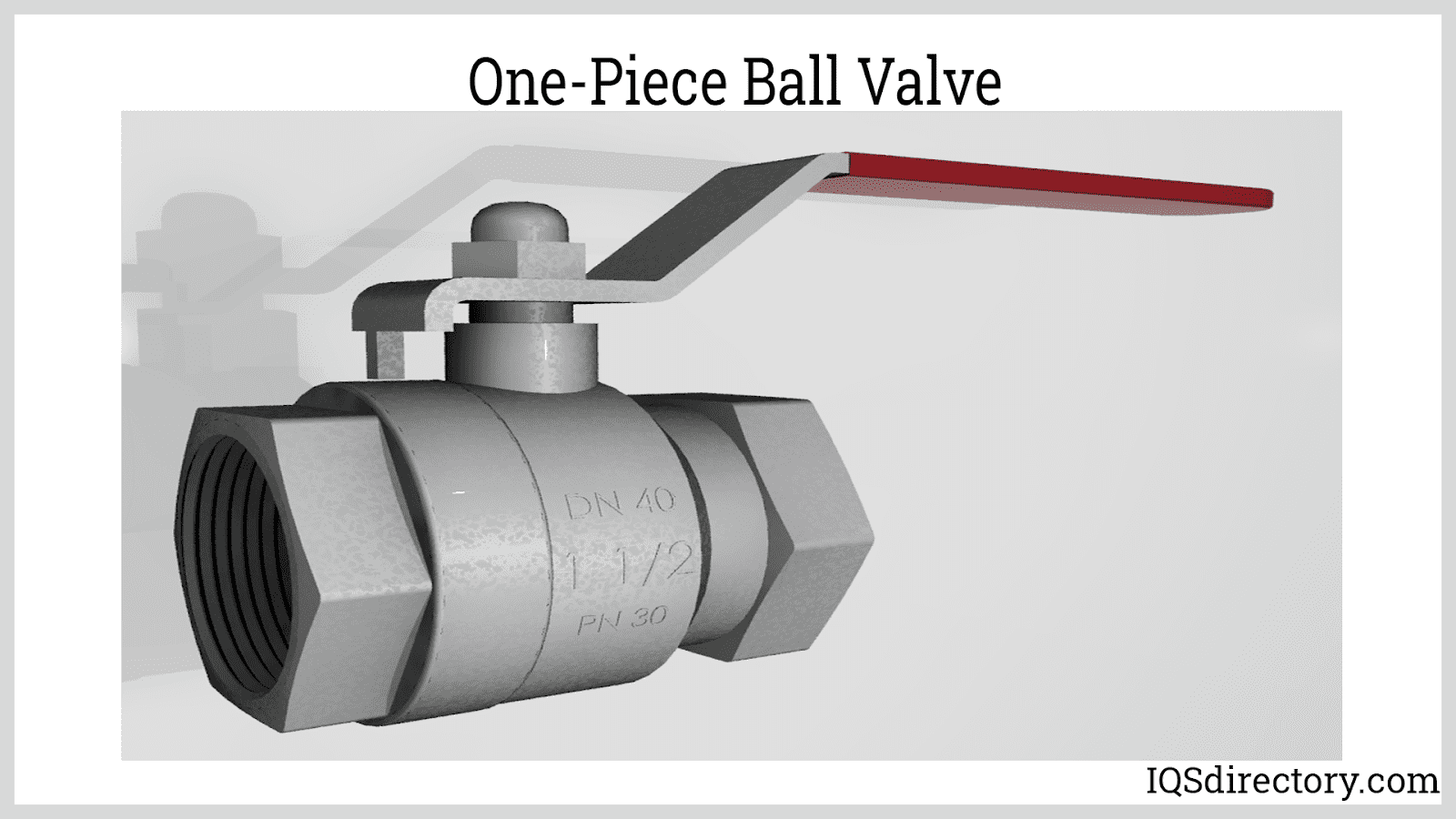
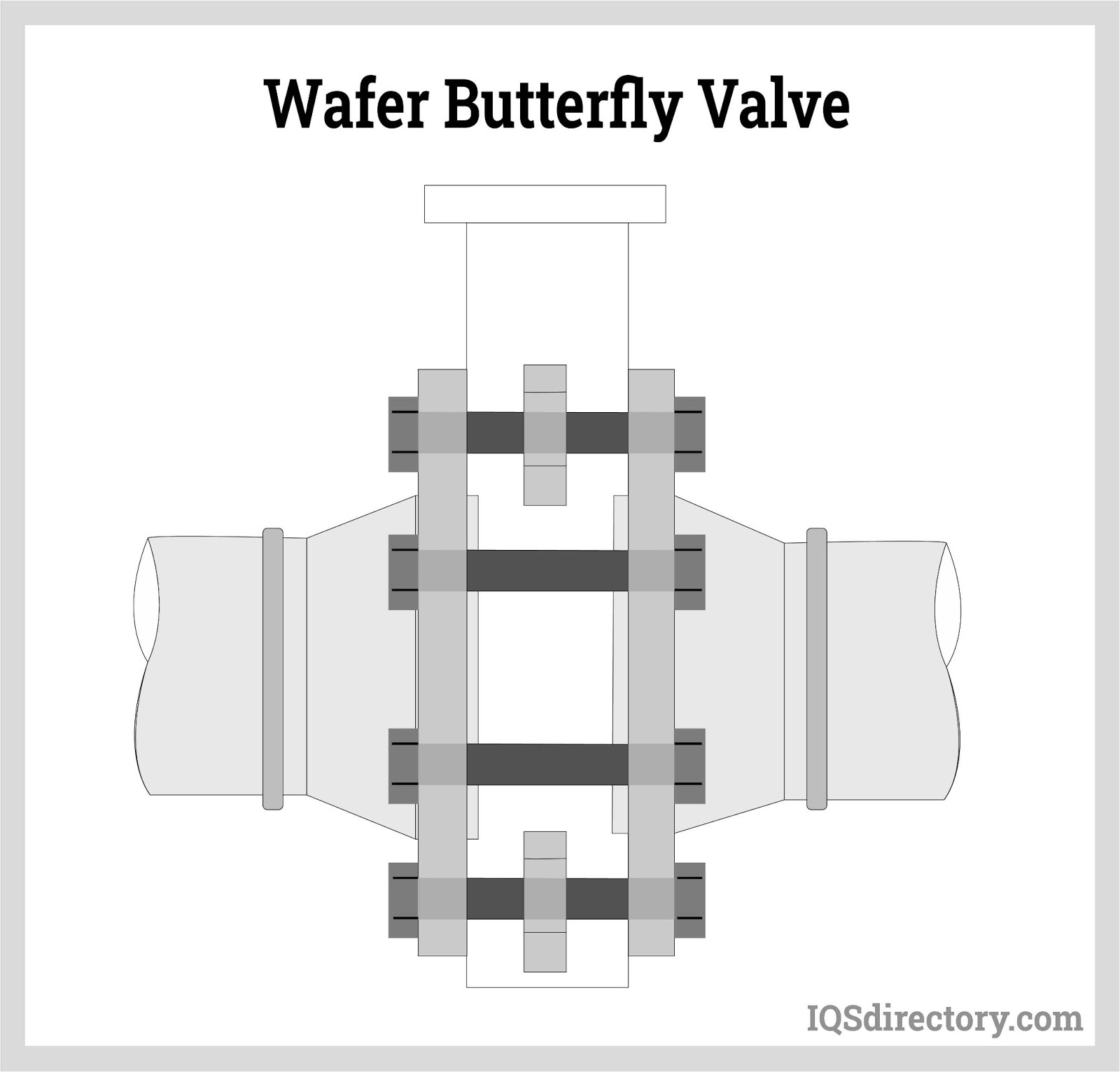
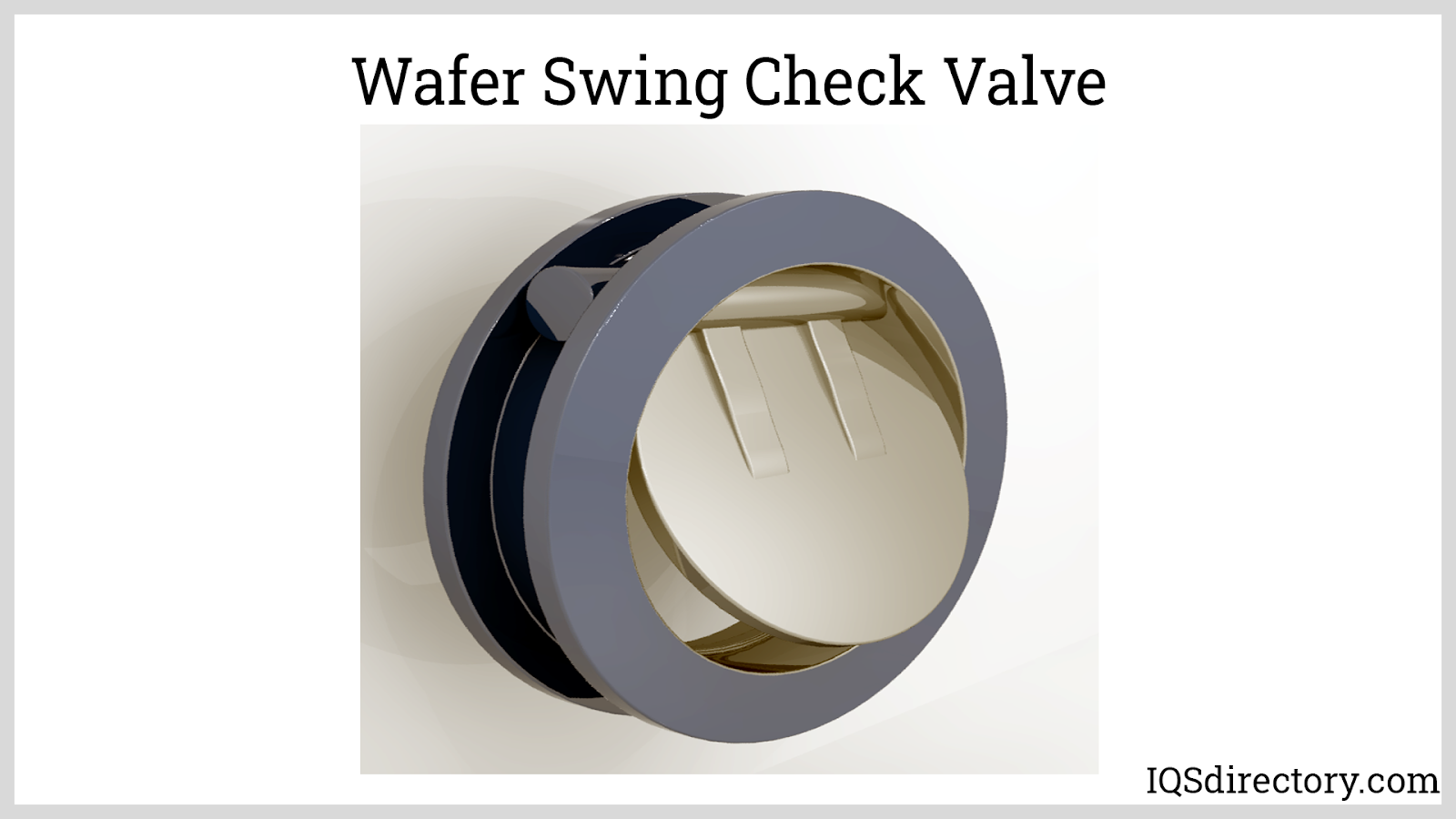
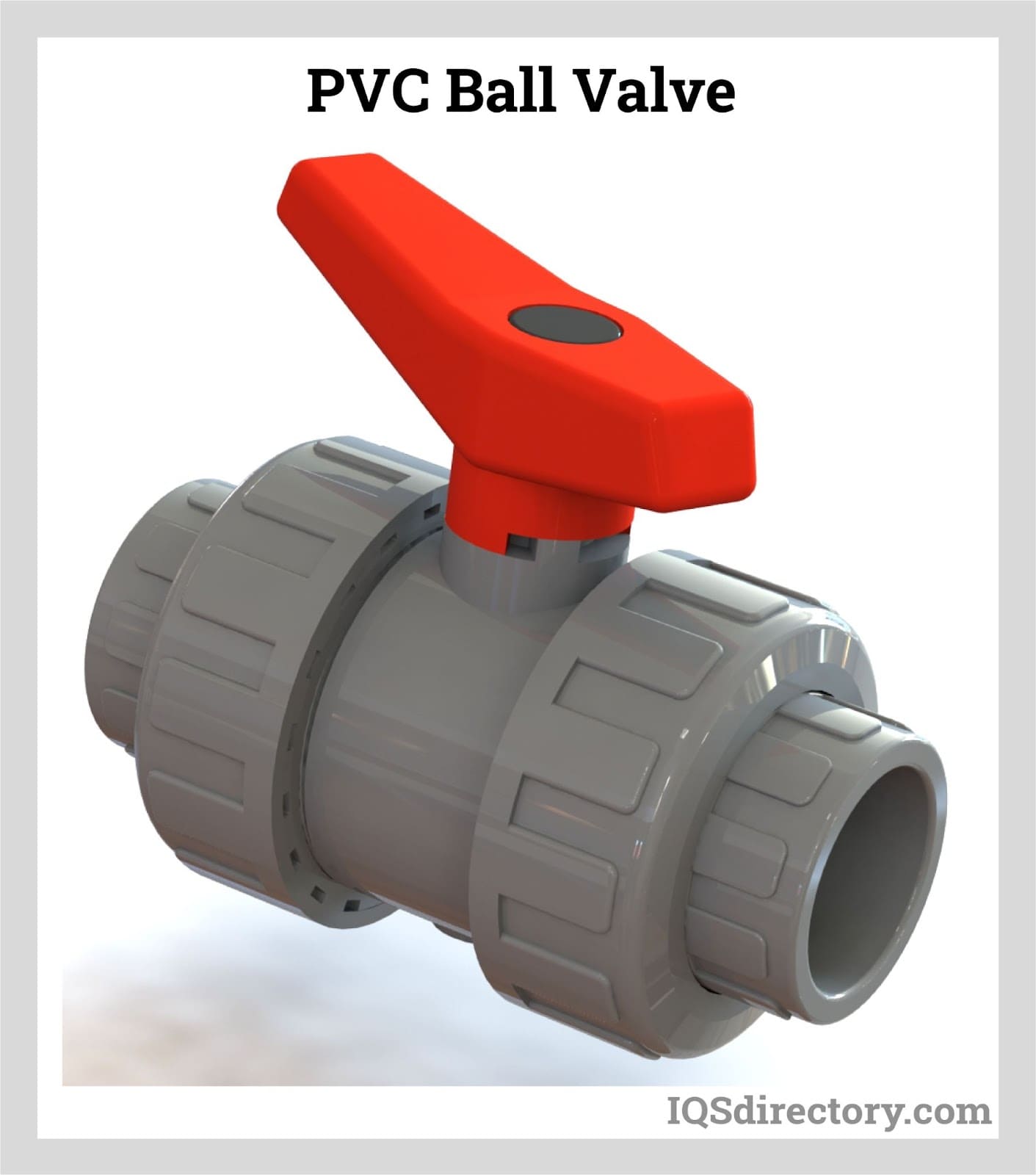
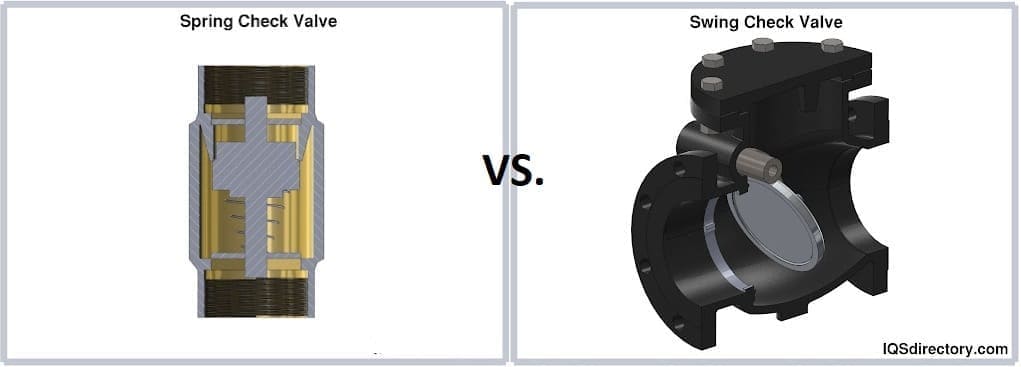
 Ball Valves
Ball Valves Butterfly Valves
Butterfly Valves Centrifugal Pumps
Centrifugal Pumps Check Valves
Check Valves Diaphragm Valves
Diaphragm Valves Flow Meters
Flow Meters Hydraulic Pumps
Hydraulic Pumps Hydraulic Valves
Hydraulic Valves Metering Pumps
Metering Pumps Solenoid Valves
Solenoid Valves Vacuum Pumps
Vacuum Pumps Castings & Forgings
Castings & Forgings Bulk Material Handling
Bulk Material Handling Electrical & Electronic Components
Electrical & Electronic Components Flow Instrumentation
Flow Instrumentation Hardware
Hardware Material Handling Equipment
Material Handling Equipment Metal Cutting Services
Metal Cutting Services Metal Forming Services
Metal Forming Services Metal Suppliers
Metal Suppliers Motion Control Products
Motion Control Products Plant & Facility Equipment
Plant & Facility Equipment Plant & Facility Supplies
Plant & Facility Supplies Plastic Molding Processes
Plastic Molding Processes Pumps & Valves
Pumps & Valves Recycling Equipment
Recycling Equipment Rubber Products & Services
Rubber Products & Services